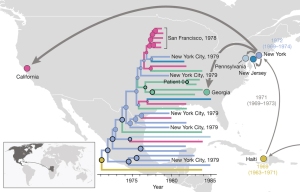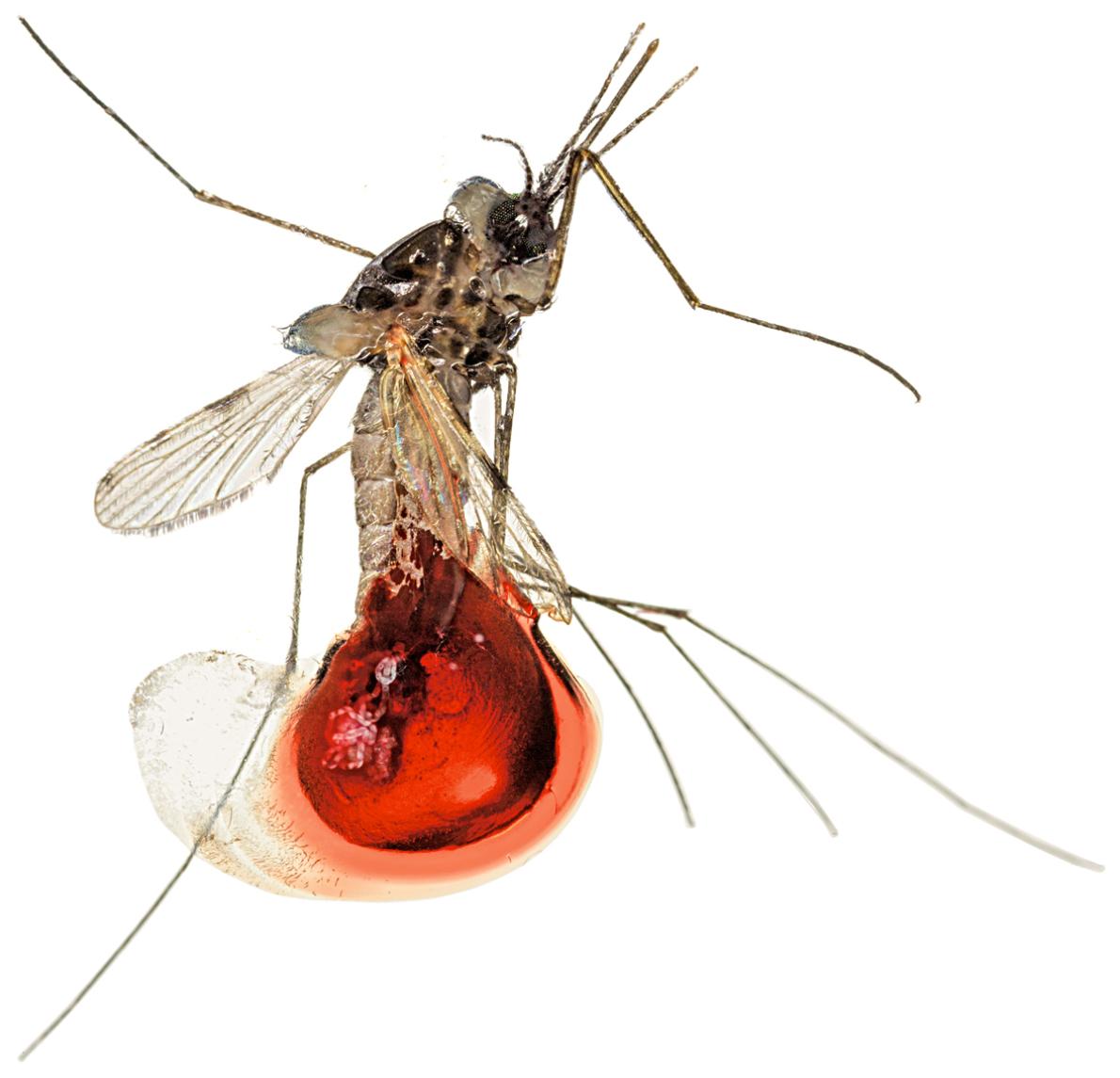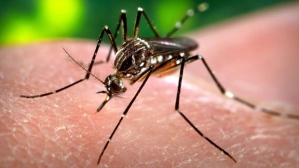JAMA recently published a special issue on conflict of interest.
The issue includes more than twenty viewpoint articles on potential conflicts of interest for physicians in diverse settings including academic medicine, biomedical research, medical education, guideline development, health care management, and medical publishing.
Discussions of conflict of interest topics include:
- Payments to Physicians Does the Amount of Money Make a Difference?by Bernard Lo, MD; Deborah Grady, MD, MPH
- Funding, Institutional Conflicts of Interest, and Schools of Public Health Realities and Solutionsby Sandro Galea, MD, DrPH; Richard Saitz, MD, MPH
- Conflict of Interest in Practice Guidelines Panelsby Harold C. Sox, MD
- Medical Journals, Publishers, and Conflict of Interestby Thomas J. Easley


 New research published in
New research published in  Himmelfarb Library
Himmelfarb Library RefWorks and full-text journals available on the Proquest platform will be unavailable for an eight hour period this weekend in order to upgrade infrastructure, enhance security, and maintain product reliability. These resources will be unavailable to users from 10 p.m. on Saturday, August 20th until 6 a.m. on Sunday, August 21st.
RefWorks and full-text journals available on the Proquest platform will be unavailable for an eight hour period this weekend in order to upgrade infrastructure, enhance security, and maintain product reliability. These resources will be unavailable to users from 10 p.m. on Saturday, August 20th until 6 a.m. on Sunday, August 21st.
 The challenges and promise of drugs which work (or don't) based on a patient's genetic make-up is is discussed in an article recently published in the
The challenges and promise of drugs which work (or don't) based on a patient's genetic make-up is is discussed in an article recently published in the  Have a NIH grant? Getting ready to publish? Don’t forget to play by the rules.
Have a NIH grant? Getting ready to publish? Don’t forget to play by the rules. Zika virus is on the news, the topic of patient questions, and a concern for healthcare providers.
Zika virus is on the news, the topic of patient questions, and a concern for healthcare providers.  You've just finished your first research article, and are now looking for a potential journal to submit your work. With so many journals available in your field, and the proliferation of deceptive or predatory publishing practices, how do you identify which journals are high-quality?
You've just finished your first research article, and are now looking for a potential journal to submit your work. With so many journals available in your field, and the proliferation of deceptive or predatory publishing practices, how do you identify which journals are high-quality?